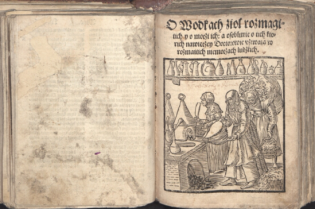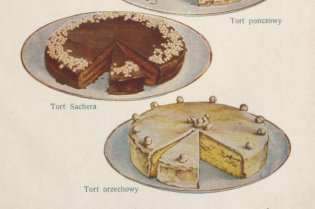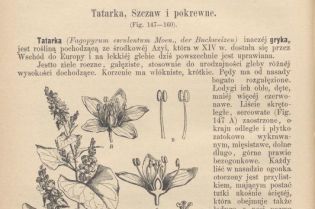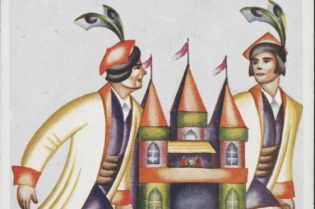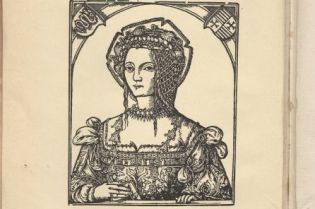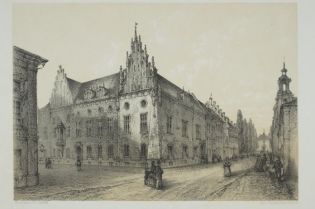Vodkas and sweets – Krakow’s first patisseries
The development of pastry shops and cafes was an important driver of the town's growth. In "Czas" magazine from 1856, patisserie Redolfi, located right on the Main Market Square, is described as a focal point of a lens where all beams of knowledge cross. Before Krakow residents started visiting cafes en masse, patisseries used to be their usual meeting point.
For many years sweets were made in Krakow by members of the bakers' guild. Only in the 18th century did pâté makers established their own guild which dealt with the manufacturing of pastries, cakes, pâtés, aspics and pastry creams. The level of mastery required from confectioners was impressive; this becomes evident when we read about what guild applicants had to prepare: elaborate cakes and multi-tier sugar pyramids in the shape of St. Mary's tower.
Krakow owes its first patisseries to the Swiss. The confectioners were famous not only for their cakes but also for a range of alcoholic beverages: liqueurs, tinctures and vodkas that were often named in honour of regular customers. Some people even said that the quality of the schnapps served determined the place's fate. Among the most renowned patisseries were those owned by Redolfi, Cypcer, Taroni, Lardi and Wassaly.
Maurizio (who took over Redolfi's) served doughnuts with rose filling, almond macarons and puff pastry parcels with poppy seeds. It was considered good manners to present guests from other towns with boxes of chocolates from this establishment. Broniewski recalls that one aristocrat asked for empty boxes that she then filled with significantly cheaper sweets from Podgórze.
The golden age came to a sudden stop in 1851 when a decree was issued compelling so-called public houses to close on bank holidays. It was the result of various gatherings lasting well into the small hours. The authorities called for order but to no avail, so they decided to close down the patisseries on those crucial days. Interestingly, it helped the development of cafes.
People flocked to coffee shops mainly on market days. Merchants and Krakow tradeswomen were regulars. More well-off townsfolk visited hotel cafes. Elegant coffee shops cropped up with the influx of Austrian public officials in the mid-19th century. Some confectioneries (e.g. Wielanda run by Teodor Wassaly) transformed themselves into cafes. Maurizio opposed the changes and apparently said that as long as he lived, his establishment would not serve coffee. His confectionery tradition did not allow for that.


